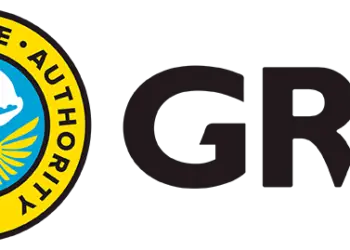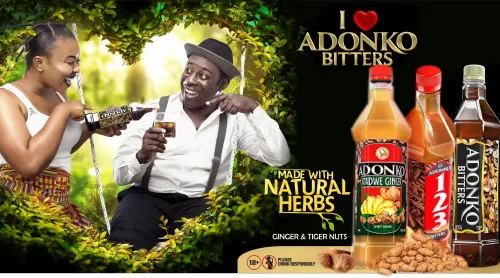Recently, several Chinese news outlets reported that China has exported a batch of 500 kilograms of cocoa beans worth about $3,600 to Belgium.
For years the Chinese have researched into 500 cocoa germplasm resources from 28 countries, including Ghana.
They cultivated their first and new cocoa variety known as Reyin 4, which has been patented. Other cocoa varieties with code names, such as ZYP6-8 and Xiangke 1, have been developed and evaluated by international organisations and found to be of high quality with unique flavour. China’s cocoa is grown in the Hainan Province located in the South China Sea.
Pattern
In an article published in the Daily Graphic on April 21, 2021, the public relations officer (PRO) of COCOBOD was reported to have said that China did not have the weather pattern suitable for cocoa production.
On the contrary, Hainan has a climate that varies from subtropical to fully tropical. In the hottest months of July and August, temperatures range from 25 to 29 °C.
Hainan lies within the ‘cocoa belt’ that is defined as the narrow band 20 degrees on either side of the equator.
The temperature, rainfall and humidity are good for field cultivation of cocoa and other tropical cash crops such as coconuts, palm oil, pepper, coffee, tea, cashew and sugar cane, as well as pineapple.
Typical of a tropical climate, mosquitoes are also very common. Hainan’s GDP stood at US$85.6 billion in 2020.
Wrong
Ghana’s cocoa is said to be of superior flavour so we are told not be concerned about China. Wrong!
Our cocoa is gradually losing this quality because a lot of farmers in their hurry to sell the cocoa beans are fermenting the fresh beans for less than five days and also sun drying them for less than the average of seven days thus risking the special flavour.
It was also said in the article quoted above that Hainan is a little island and so even if they use the whole island to produce, it cannot meet Ghana’s production.
Ghana with an area of 239,535 sq. kilometres has presently about 1.3 million hectares (13, 000 sq.km) under cocoa cultivation.
Hainan island has an area of 33, 920 sq.km and can easily match Ghana in terms of area under cultivation.
China can also extend cultivation to other provinces, such as Guangxi or Guangdong that abut the cocoa belt.
Monopoly
Ghana does not have monopoly on cocoa production. Our closeness to Cote d’Ivoire may have given us a false sense of security and importance. Indonesia is almost at par with Ghana as far as production is concerned.
In 1885, when our country made its first cocoa export of 500kg, just like the Chinese are doing now, Ecuador was the biggest exporter of cocoa, with an output of 37,000 tonnes.
This dropped to 15,000 tonnes due to two deadly cocoa fungal diseases, the Monilia Pod Rot and the Witchbroom disease.
China is entering the market at a time when Ghana’s cocoa production has dropped mainly due to the effect of cocoa swollen shoot virus disease (CSSVD). At 700,000 tonnes, Ghana missed its production target of one million tonnes in 2020.
Admittedly, the Ministry of Food and Agriculture (MoFA) is taking the CSSVD threat seriously. The combination of interventions consisting of rehabilitation of moribund cocoa farms, supply of seedlings, mass pruning of farms, subsidised fertiliser, hand pollination, mass spraying and irrigation are yielding results. However, a lot remains to be done.
Threats
Apart from the threat from Mainland China, Taiwan and Australia have also started growing cocoa. In Taiwan, cocoa is grown in Pingtung, the southernmost city and surrounding areas that were previously known for areca nuts, chewed for their stimulant effect but blamed for causing some of Taiwan’s leading cancers.
Since the early 2000s, Taiwanese farmers have replaced areca nuts with cocoa. About 300 farmers have 200-250 hectares of cocoa farms and produced about 4,000 tonnes of cocoa pods, or 250 tonnes of dry beans, in 2019, almost double 2014’s haul.
In Australia, cocoa production is in Queensland along the wet tropical coast from the Daintree region to south of Tully.
Although current production is on a small scale, the expectation is that with technology it will expand rapidly and compete with the big producers.
These are serious threats to West Africa and Ghana specifically. Finally, there is palpable absence of modern technology in the production of cocoa.
It appears very little has changed since Tetteh Quarshie. It may not be too early to think about competition, and/or a Ghana Beyond Cocoa.














